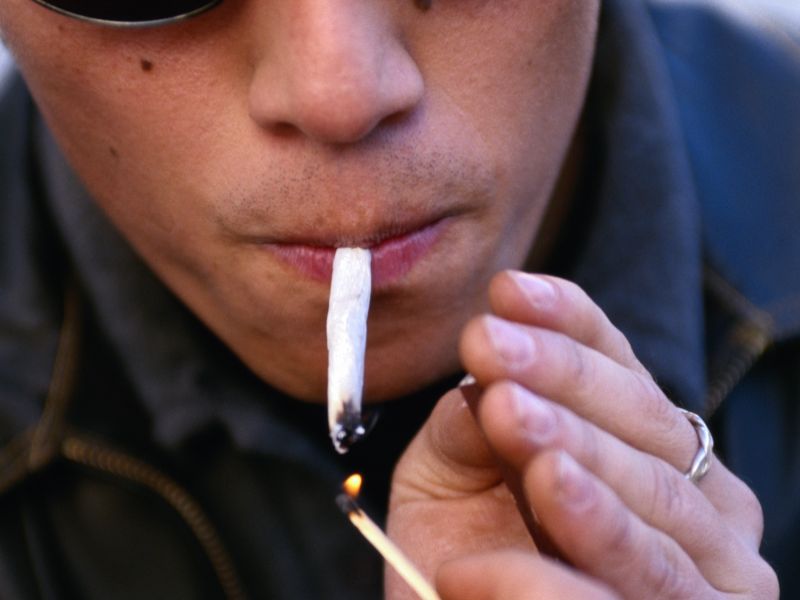
Too much alcohol may not do long-term damage to a college student’s GPA, but adding marijuana to the mix can send grades tumbling, new research suggests.
The two-year investigation found that, all things being equal, freshmen and sophomores who consistently consumed moderate-to-high quantities of both substances had lower grade point averages (GPAs) than their sober peers.
But big drinkers whose pot use was relatively low didn’t seem to experience any long-lasting drag on their grades, despite an initial fall during their first semester, the researchers found.
“This was surprising to us, as one would think that alcohol by itself would have a profound effect on their grades, but this didn’t seem to be the case,” said study author Shashwath Meda.
Meda is a senior clinical research associate at the Olin Neuropsychiatry Research Center and Hartford Hospital/Institute of Living, in Connecticut.
The study team noted that roughly 80 percent of college students drink, with marijuana trailing just behind as the second most popular campus drug of choice. And nearly six in 10 who drink alcohol say they have done so in combination with using pot.
The current investigation reviewed data on more than 1,000 students who were between the ages of 18 and 23 when they entered college.
SAT scores indicated that all the students had scored comparable grades before being accepted to college.
Each semester, each student was asked to indicate whether they drank alcohol or smoked pot and, if so, how much.
Roughly 40 percent of the students said they consumed very little of either alcohol or pot, or none at all. Another 40 percent said they consumed moderate-to-high amounts of alcohol, but very little pot or none. About 20 percent said they were heavy users of both, with high pot use defined as smoking marijuana 20 or more times per month.
Almost no students said they smoked a lot of pot but barely drank, and most students stuck to their substance use habits throughout the two-year study period.
When compared with abstainers or low users of both substances, moderate-to-heavy users of both alcohol and pot had lower grades throughout. For example, nonusers had an average GPA of 3.1 at the end of their first semester, compared with 2.7 among big users of both substances, the findings showed.
By contrast, an initial grade drop among those who drank heavily but smoked infrequently bounced back up by the second semester, and stayed up.
“Interestingly,” Meda added, “a follow-up analysis also showed that students who were able to moderate or lower their drug use over the two-year period also saw an improvement in their GPA.”
That said, Meda stressed that his team did not prove that the alcohol/pot combination directly undermined academic performance.
“Absolutely, this study in no way implies a causation, only an association of the two,” he said.
Meda said he suspects that peer pressure is likely a big driver of excessive substance use among students, with many entering college with a distorted sense of what’s “normal” when it comes to drinking and smoking behavior.
“We feel that early provision of information, intervention and monitoring might be key — both by parents at home and the colleges — especially in the first semester,” he suggested.
“Colleges should try harder to limit alcohol exposure to freshman students, and maybe have support groups and other resources available to students that need help with drug use or even social issues — such as peer pressure — that might in turn push them towards using alcohol and/or pot,” Meda said.
Paul Armentano, deputy director of the marijuana legalization advocacy organization NORML, suggested the findings should be viewed in context.
“It should be acknowledged that relatively few students were identified as heavy users of both alcohol and marijuana in this cohort,” he noted. “And that is a good thing.”
Armentano said that “by addressing the use of these substances by younger adults as a public health issue rather than as a criminal justice issue, we are in a better position to educate young people to the risks of drug misuse, and to provide them with the necessary skills to discern between use and abuse.”
The findings were published online March 8 in the journal PLOS ONE.
More information
There’s more on substance use among college students at the U.S. National Institute on Drug Abuse.
Source: HealthDay

Leave a Reply